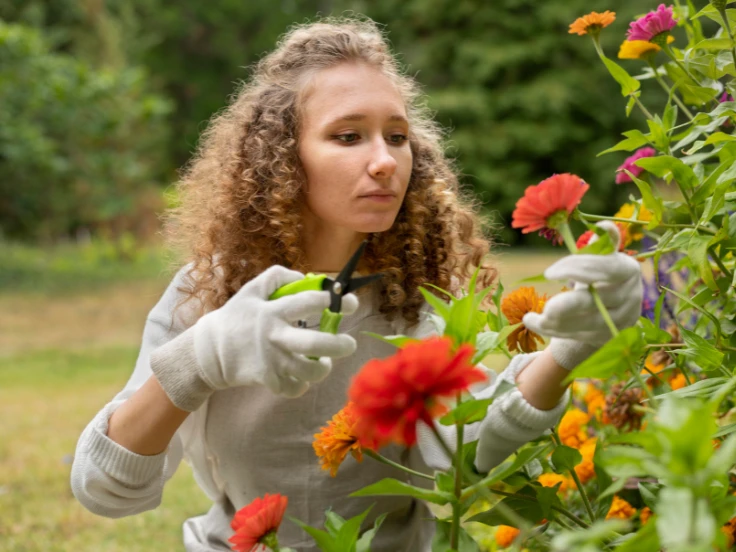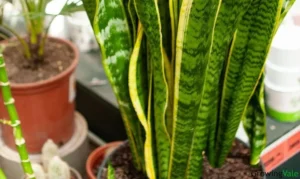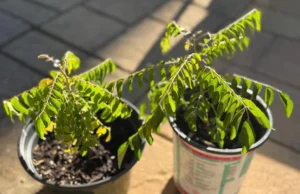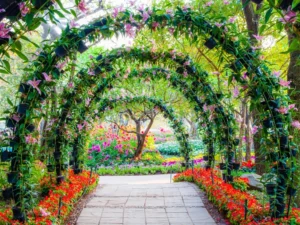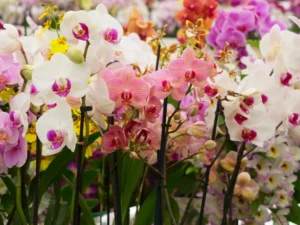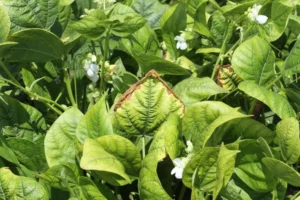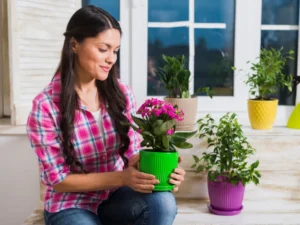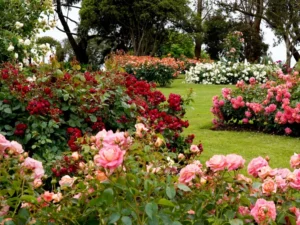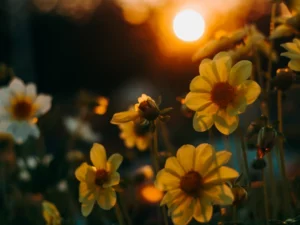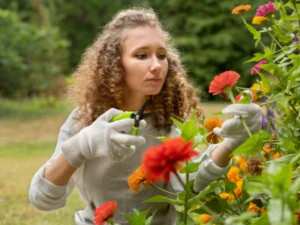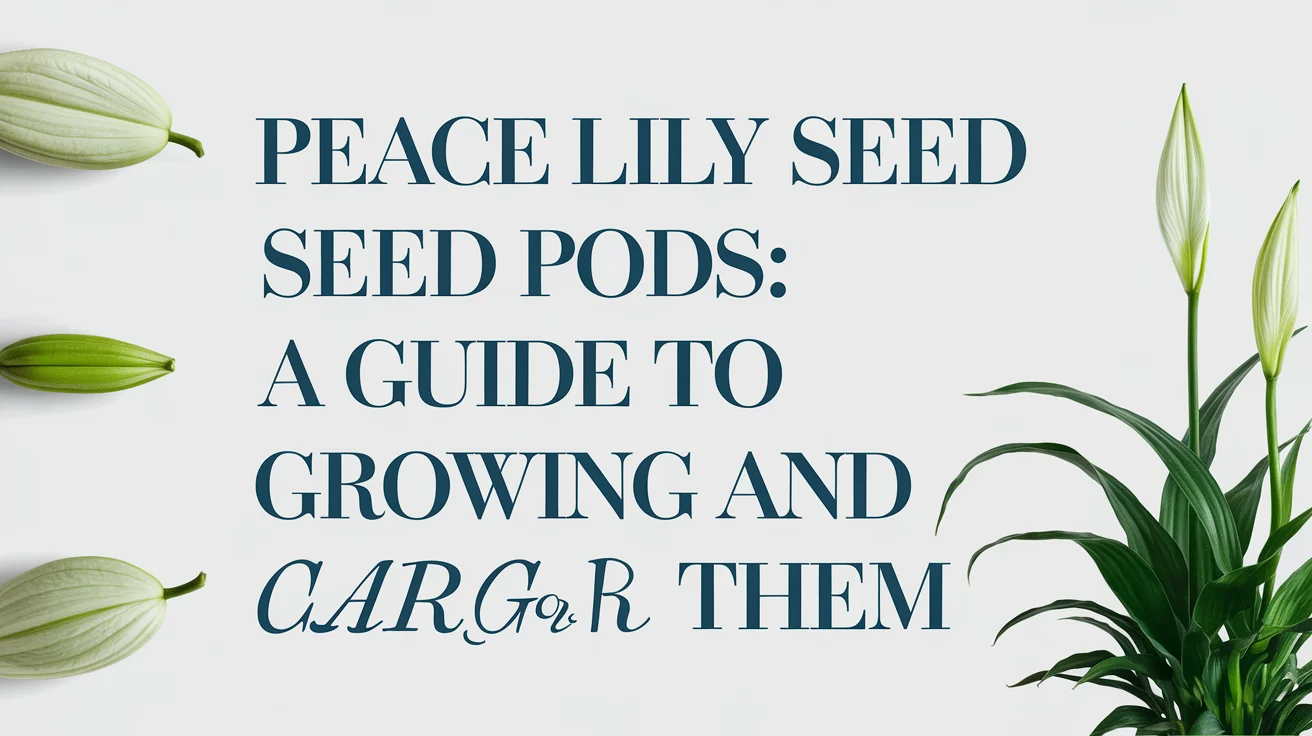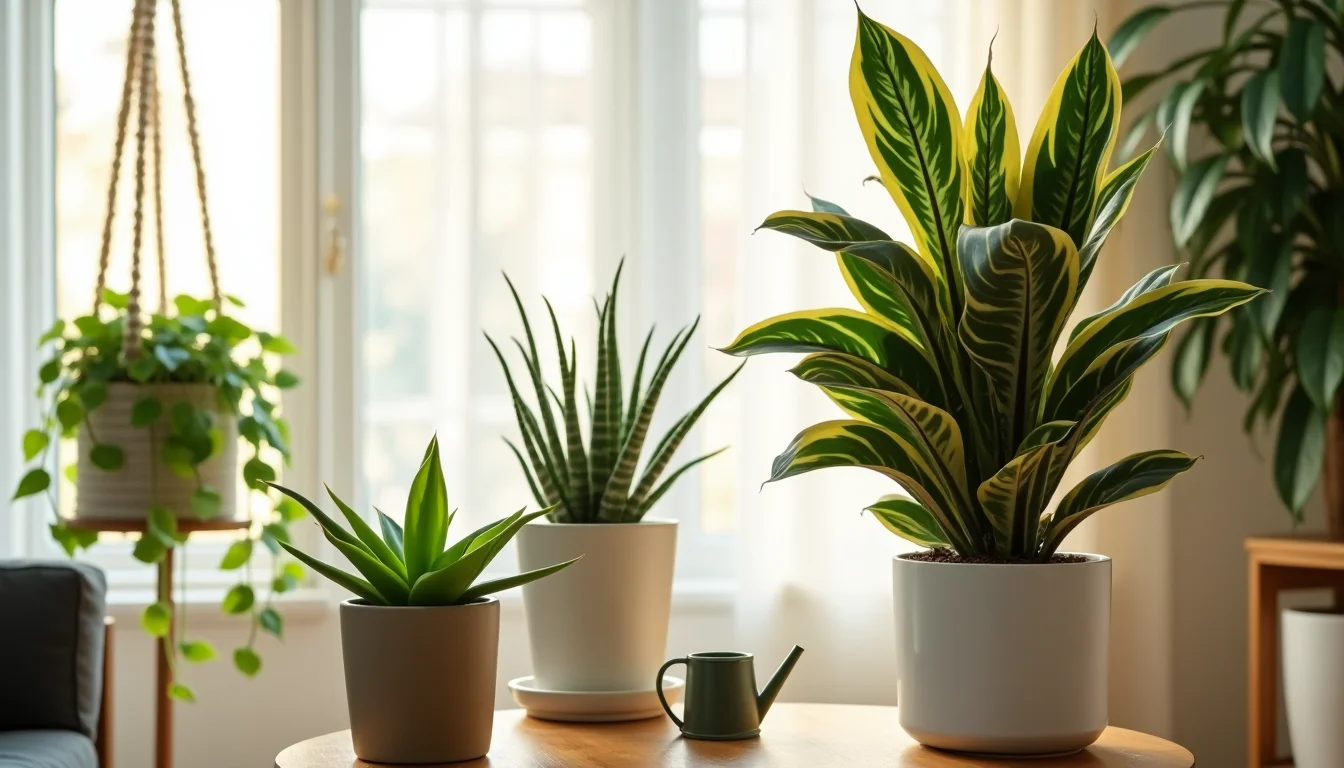Understanding which flowers are perennial is essential for both beginner and experienced gardeners. Moreover, perennial flowers are plants that live for more than two years, growing and blooming during their respective seasons without needing replanting each year. Unlike annuals, which complete their lifecycle in a single year, perennials return, offering long-term beauty and structure to gardens. Recognizing these resilient plants can save time, reduce costs, and ensure a flourishing garden year after year.
Perennial flowers vary widely in size, color, and growing conditions. In addition, some are perfect for sunny spots, while others thrive in shade or partial sunlight. Their adaptability makes them suitable for different climates, including temperate and colder regions. Many perennial varieties are drought-tolerant, pest-resistant, or low-maintenance, which appeals to gardeners seeking sustainable landscaping options.
For instance, plants like coneflowers, hostas, and daylilies are popular perennial choices due to their robustness, longevity, and vibrant blooms. Consequently, understanding these plants allows gardeners to plan a garden that evolves over time and requires minimal yearly effort.
Benefits of Planting Perennial Flowers in Your Garden
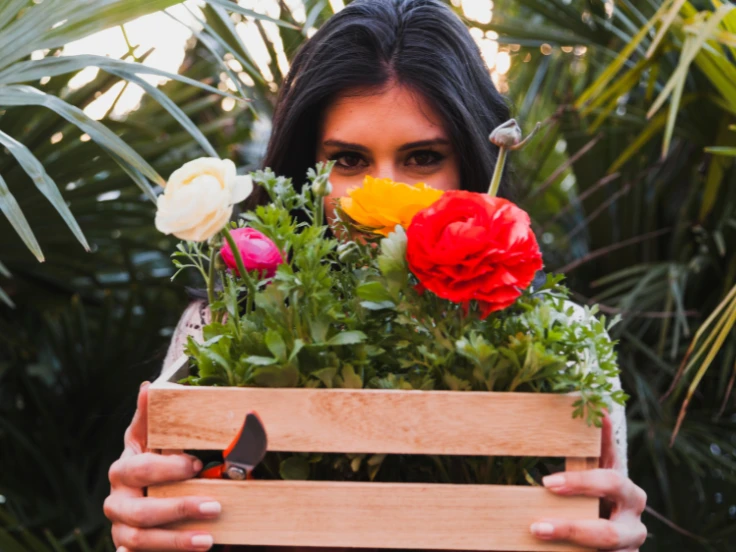
Planting perennial flowers offers multiple advantages that enhance garden aesthetics and functionality. Firstly, they reduce the effort and cost of yearly replanting, allowing gardeners to focus on maintenance and care. Furthermore, perennials provide consistent seasonal beauty, creating visually appealing landscapes that evolve over time. Gardens with perennials often develop a natural rhythm, with flowers blooming sequentially across seasons to ensure year-round color.
Moreover, perennial flowers support biodiversity by attracting pollinators such as bees, butterflies, and hummingbirds. Their long-term presence contributes to soil health, prevents erosion, and encourages beneficial insects. In addition, perennial roots help improve soil structure and retain nutrients, which benefits neighboring plants. Gardens featuring perennials tend to be more resilient, requiring fewer chemical interventions and creating a sustainable, eco-friendly environment.
Perennials also offer a sense of stability. For instance, for urban gardeners or homeowners designing a low-maintenance landscape, these flowers create a reliable framework of beauty and greenery. With minimal planning, perennials can form hedges, borders, or mixed flower beds, providing structure and color year after year.
Popular Perennial Flowers for Beginners
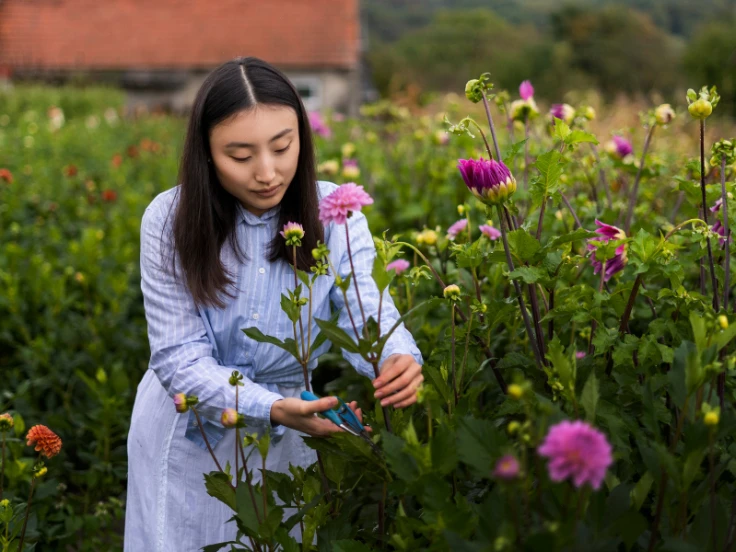
If you are new to gardening, certain perennial flowers are easier to grow while still offering stunning results. In fact, these varieties thrive in common soil types, require minimal maintenance, and reward patience with repeated blooms:
- Hostas – Known for lush foliage and shade tolerance; perfect for areas with indirect sunlight.
- Daylilies – Hardy flowers that bloom repeatedly throughout summer, available in a variety of colors.
- Lavender – Fragrant, drought-resistant, and attracts pollinators; ideal for sunny gardens.
- Coneflowers (Echinacea) – Vibrant blooms that are easy to grow, drought-tolerant, and medicinal.
- Peonies – Elegant flowers that return annually with minimal care, ideal for borders.
- Sedum (Stonecrop) – Low-maintenance, drought-tolerant, and excellent for rock gardens.
- Bleeding Heart – Delicate, heart-shaped blooms suitable for shaded or partially shaded areas.
Additionally, these plants provide a reliable starting point for beginners aiming to create a low-maintenance yet colorful garden. By selecting easy-to-grow perennials, novice gardeners can quickly build confidence and enjoy consistent results without the frustration of repeated failures.
Perennials for Sun and Shade: Choosing the Right Spot
Choosing the appropriate location for perennials is crucial for their growth and blooming. While some flowers thrive in full sun, others prefer shaded or partially shaded areas. Therefore, understanding sun requirements ensures your perennials reach their full potential.
- Sun-loving perennials: Lavender, Daylilies, Black-eyed Susans
- Shade-tolerant perennials: Hostas, Astilbe, Bleeding Heart
Consequently, placing flowers according to their light preferences allows gardeners to enjoy vibrant blooms year after year while reducing maintenance efforts. Additionally, understanding light requirements prevents issues like leaf burn, poor flowering, or slow growth. Combining sun-loving and shade-tolerant perennials in a single garden can create a dynamic, multi-dimensional landscape with color and texture variation.
How to Care for Perennial Flowers Throughout the Seasons
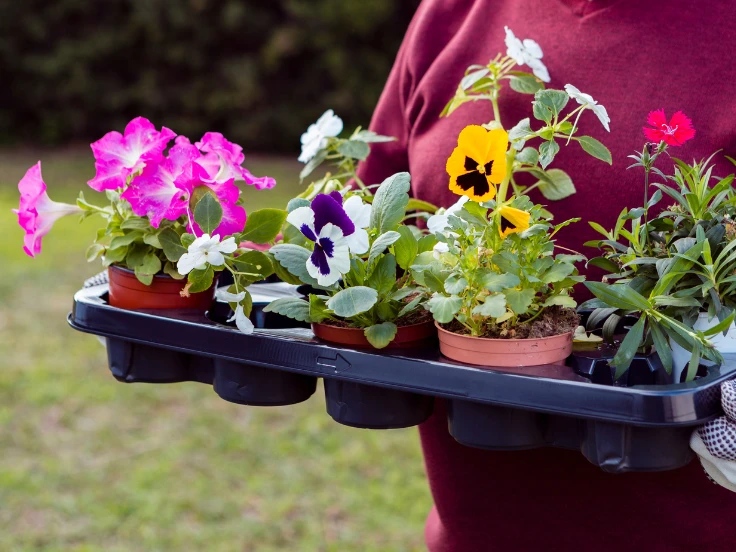
Caring for perennial flowers involves understanding their growth cycles and seasonal needs. For example, spring is ideal for planting new perennials or dividing existing ones to encourage healthy root systems. During summer, regular watering, mulching, and deadheading spent flowers promote continuous blooms and prevent disease. Moreover, fall is a time for pruning and preparing plants for winter dormancy, ensuring they return strong in the next growing season.
Nutrients are vital for healthy perennials. Adding organic compost or a balanced fertilizer boosts soil fertility and growth. Mulching retains moisture, suppresses weeds, and protects roots, while proper spacing improves airflow and reduces pests. Beginners can also check the easiest flowers to grow to complement their perennial garden.Therefore, by following seasonal care practices, gardeners ensure that perennial flowers remain vibrant, resilient, and ready to bloom year after year, offering both beauty and ecological benefits.
Common Mistakes to Avoid with Perennial Plants
Gardening with perennials can be highly rewarding, but mistakes can compromise their growth and beauty. Common pitfalls include:
- Overwatering or underwatering, which can cause root rot or stunted growth.
- Planting in unsuitable soil types without amendments.
- Neglecting seasonal maintenance, such as pruning and deadheading.
- Ignoring sun or shade requirements, leading to poor flowering.
- Crowding plants, which reduces airflow and encourages disease.
However, by understanding each plant’s specific requirements, gardeners can avoid these pitfalls and enjoy sustainable, flourishing flower beds. Selecting the right variety, providing adequate sunlight, and maintaining soil health are all key to successful perennial gardening.
Best Companion Plants for Perennial Flowers
Planting perennials alongside compatible plants enhances garden aesthetics and encourages mutual growth benefits. Indeed, companion plants can attract pollinators, deter pests, or create visual contrasts in the garden. Carefully chosen pairings can result in lush, vibrant landscapes that require less maintenance.
- Lavender – Pairs well with roses, catmint, and ornamental grasses.
- Daylilies – Combine with coneflowers, salvia, or sedum for summer-long color.
- Hostas – Complement ferns, astilbe, or shade-loving bulbs.
- Peonies – Look stunning with irises, tulips, or smaller annuals for early spring blooms.
- Bee Balm – Perfect for attracting butterflies, complements Echinacea or Phlox.
Consequently, strategic planting ensures a harmonious, balanced, and colorful garden throughout the year while enhancing biodiversity and sustainability.
Seasonal Flowering Patterns of Perennials
Perennials follow seasonal flowering patterns, which influence garden planning and bloom timing. Understanding these patterns helps gardeners maintain continuous color and vibrancy. Some perennials bloom in early spring, others in summer, and some in late autumn. As a result, proper planning ensures that your garden never looks bare.
- Spring bloomers: Tulips, daffodils, bleeding hearts, primrose
- Summer bloomers: Daylilies, coneflowers, salvia, black-eyed Susans
- Autumn bloomers: Asters, chrysanthemums, sedum, Japanese anemone
Therefore, by planting a mix of early, mid, and late-season perennials, gardeners can achieve a continuous display of flowers throughout the year. Combining these patterns with companion planting further enhances visual appeal and ecosystem health.
Choosing Perennials for Sustainable Gardening
Sustainable gardening focuses on selecting plants that thrive naturally with minimal resources. Moreover, perennials contribute significantly by reducing annual planting, conserving water, and enhancing soil quality. Choosing drought-resistant or native perennials supports eco-friendly gardening practices.
- Native perennials: Coneflowers, black-eyed Susans, milkweed
- Drought-resistant perennials: Lavender, sedum, ornamental grasses
- Pollinator-friendly perennials: Salvia, bee balm, phlox
- Low-maintenance perennials: Hostas, daylilies, bleeding hearts
Consequently, integrating these perennials into your garden creates an environmentally friendly landscape that supports biodiversity while reducing maintenance efforts.
FAQs About Perennial Flowers
Q1: How long do perennial flowers live?
Perennials typically live for more than two years, with some varieties lasting decades under proper care.
Q2: Can perennials grow in containers?
Yes, many perennials thrive in containers, making them versatile for patios, balconies, or small gardens.
Q3: Do perennials bloom every year?
Most perennials bloom annually during their specific season, though bloom intensity may vary based on care and climate.
Q4: Are perennials more cost-effective than annuals?
Yes, over time, perennials are more economical because they do not require yearly replanting.
Conclusion
Perennial flowers offer longevity, low maintenance, and seasonal beauty. By choosing the right varieties and providing proper care, your garden can flourish year after year. Learn what flowers to plant in August to extend your blooms into late summer. These resilient plants ensure your garden stays colorful and vibrant across all seasons.
Moreover, while planning your next trip to Hamburg places to visit, take inspiration from the city’s beautiful gardens and parks to cultivate your own perennial paradise. With thoughtful selection and care, perennial flowers can transform any space into a thriving, colorful haven that continues to delight for years.

